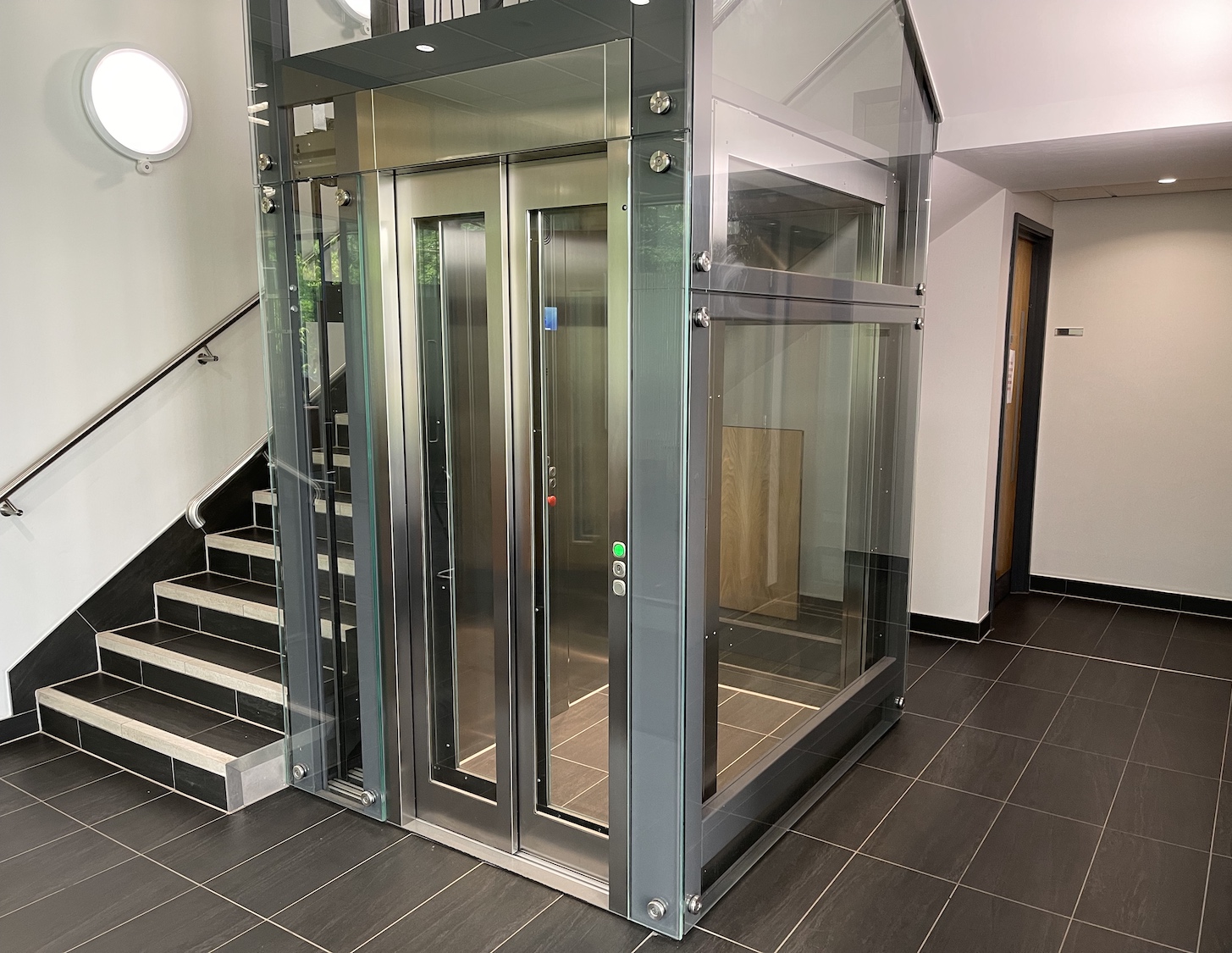Looking Into the World of Elevators: Typical Issues Dealt With by Numerous Lift Mechanisms
As we browse with the vertical transport systems of modern-day structures, elevators stand out as an essential part of our lives. Nonetheless, behind their smooth procedure lies a world of complex devices that can in some cases run into challenges. From hydraulic elevators to traction systems and machine-room-less designs, each lift kind includes its collection of common problems. Recognizing these difficulties is crucial for making sure the smooth functioning of these essential systems. Let's check out the intricacies that underlie the operation of lifts and the possible concerns that can occur, shedding light on the intricate internet of lift mechanisms.
Hydraulic Lifts
Hydraulic lifts, usually preferred for low-rise buildings, use fluid stress to control the movement of the lift cars and truck (lift repair companies). This system includes a hydraulic pump pushing oil right into a cylinder, causing the elevator to relocate in the wanted instructions. While hydraulic elevators are understood for their peaceful and smooth procedure, they do feature their very own collection of usual issues
One common issue with hydraulic elevators is oil leakage. The seals in the hydraulic system can break gradually, causing oil infiltration. If left unaddressed, this not just creates a mess but can also influence the lift's efficiency. Furthermore, problems with the control system, such as defective valves or a malfunctioning pump, can cause disruptions in the lift's activity.
Regular upkeep and timely repair services are necessary to make sure the smooth functioning of hydraulic elevators. By addressing these usual problems proactively, building owners can minimize downtime and make certain the safety and security and effectiveness of their vertical transport system.
Traction Lifts
When thinking about vertical transport systems in buildings, another usual type in addition to hydraulic lifts is the traction lift. Grip elevators run using a system of ropes and weights that move the elevator auto by grasping onto the hoist ropes. This mechanism permits for smoother and faster upright transportation contrasted to hydraulic systems.
Among the common problems faced by traction lifts is rope wear. The consistent movement of the ropes within the grip system can bring about damage with time, potentially creating the lift to malfunction or come to be unsafe for usage. Regular examinations and maintenance of the ropes are vital to guarantee the lift's correct functioning and safety and security.
Another problem that grip elevators may run into is associated with the control system. Troubles with the control system can result in problems such as irregular movement, delays in feedback times, and even complete shutdowns. Routine screening and maintenance of the control system are important to stop such issues and guarantee the lift's integrity.
Machine-Room-Less (MRL) Elevators

Among the essential parts of MRL elevators is the compact gearless grip device that is mounted within the hoistway. This machine successfully drives the elevator vehicle without the demand for large tools discovered in traditional grip elevators. In addition, MRL elevators typically utilize a counterweight system to balance the car, additional enhancing their energy performance.
In spite of their benefits, MRL elevators may deal with obstacles connected to repair and maintenance due to the confined area for tools installation. Access for servicing components within the shaft can be limited, needing specialized training for professionals. Correct maintenance schedules and routine assessments are important to make certain the ongoing smooth operation of MRL lifts.
Overloading and Weight Restriction Issues
Are lifts equipped to handle excess weight loads effectively and safely? Overwhelming and weight limitation problems are important problems in lift procedures. Elevator manufacturers design lifts with specific weight capacities to ensure passenger safety and devices long life. Going beyond these weight restrictions can bring about numerous issues, including mechanical failures, delays, and safety risks.
When elevators are overloaded, it places too much stress on the motor, wires, and other components, possibly triggering failures or breakdowns. If they detect excess weight, safety devices such as sensors check this site out and overload sensing units are in place to protect against lifts from moving. Furthermore, exceeding weight restrictions can bring about raised energy intake and deterioration on the lift system.
To reduce straining problems, constructing managers need to prominently present weight limits in lifts and educate passengers on the importance of adhering to these restrictions - lift repair companies. Regular upkeep checks by qualified professionals can likewise aid guarantee that lifts are running within secure weight specifications. By attending to overloading and weight limit problems proactively, structure proprietors can enhance elevator security and efficiency
Electrical System Failings
Going beyond weight restrictions in lifts can not just lead to mechanical problems however likewise potentially contribute to electrical system failings within the lift framework. Electric system failings are an essential problem in lift operation, as they can cause unexpected closures, breakdowns, or even security risks.
Regular special info upkeep and evaluations are crucial to determine and attend to potential electric issues immediately, ensuring the risk-free and efficient operation of elevator systems. By adhering to weight limitations and performing routine electric system checks, structure owners can alleviate the threat of electric failures in elevators.
Verdict

Hydraulic elevators, usually chosen for low-rise structures, make use of fluid pressure to regulate the activity of the elevator auto.When taking into consideration upright transportation systems in buildings, another common kind apart from hydraulic elevators is the traction lift. Traction lifts operate using a system of ropes and weights that move the elevator car by grasping onto the hoist ropes. Unlike traditional lifts that call for a separate machine room to house the devices, MRL elevators integrate many of the components within the shaft, getting rid of the requirement for a committed machine area.In verdict, lifts encounter usual problems such as hydraulic breakdowns, traction system failings, his response and electrical system issues.